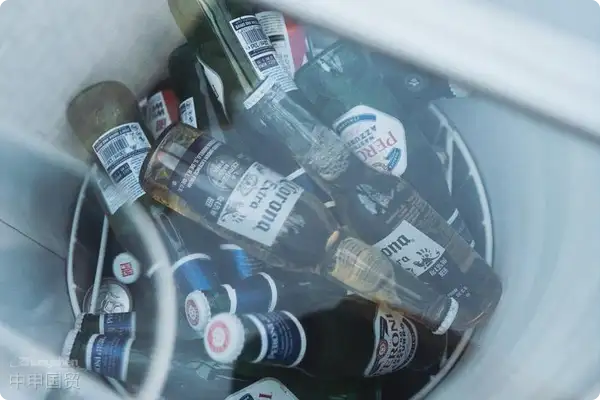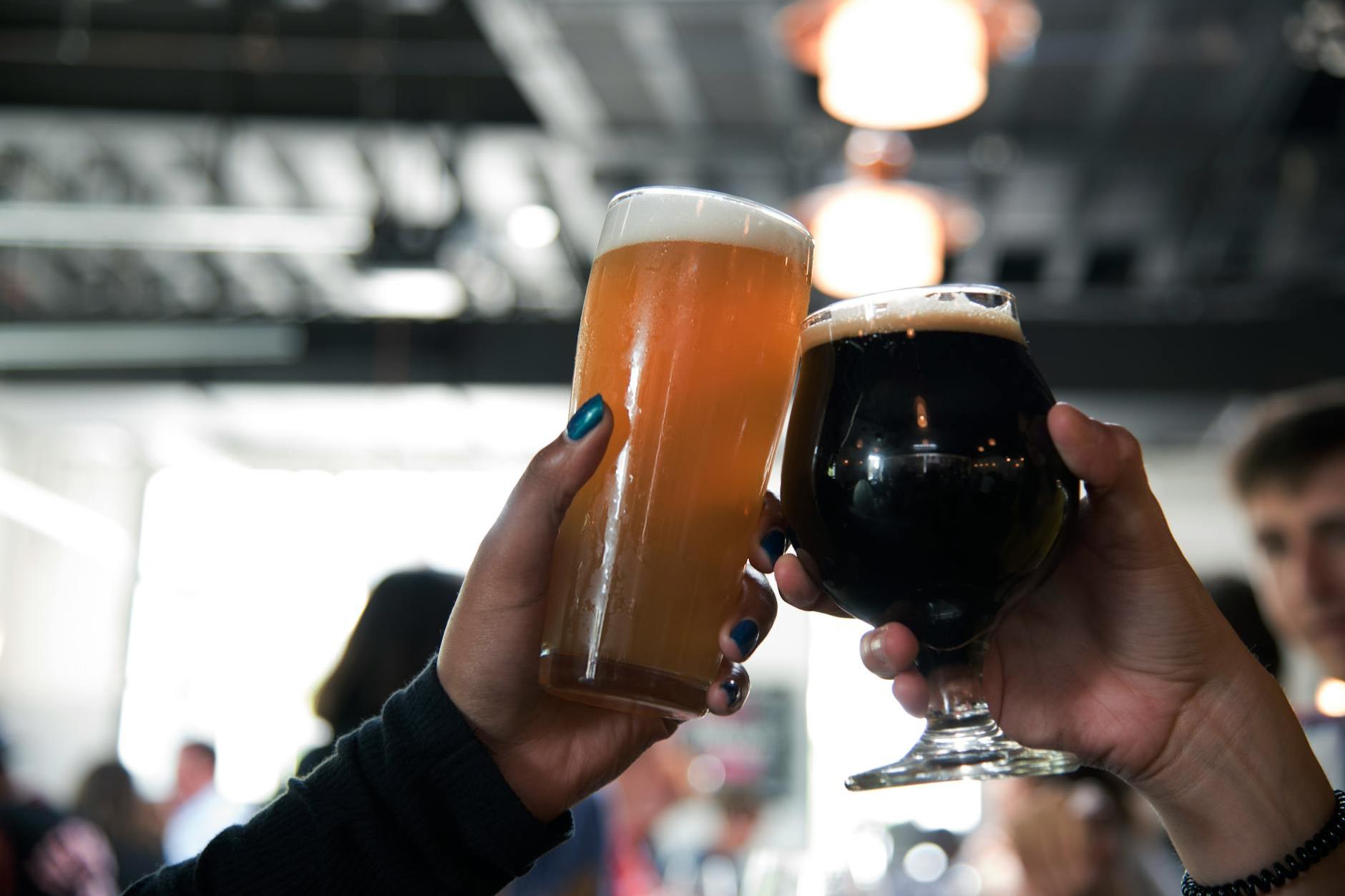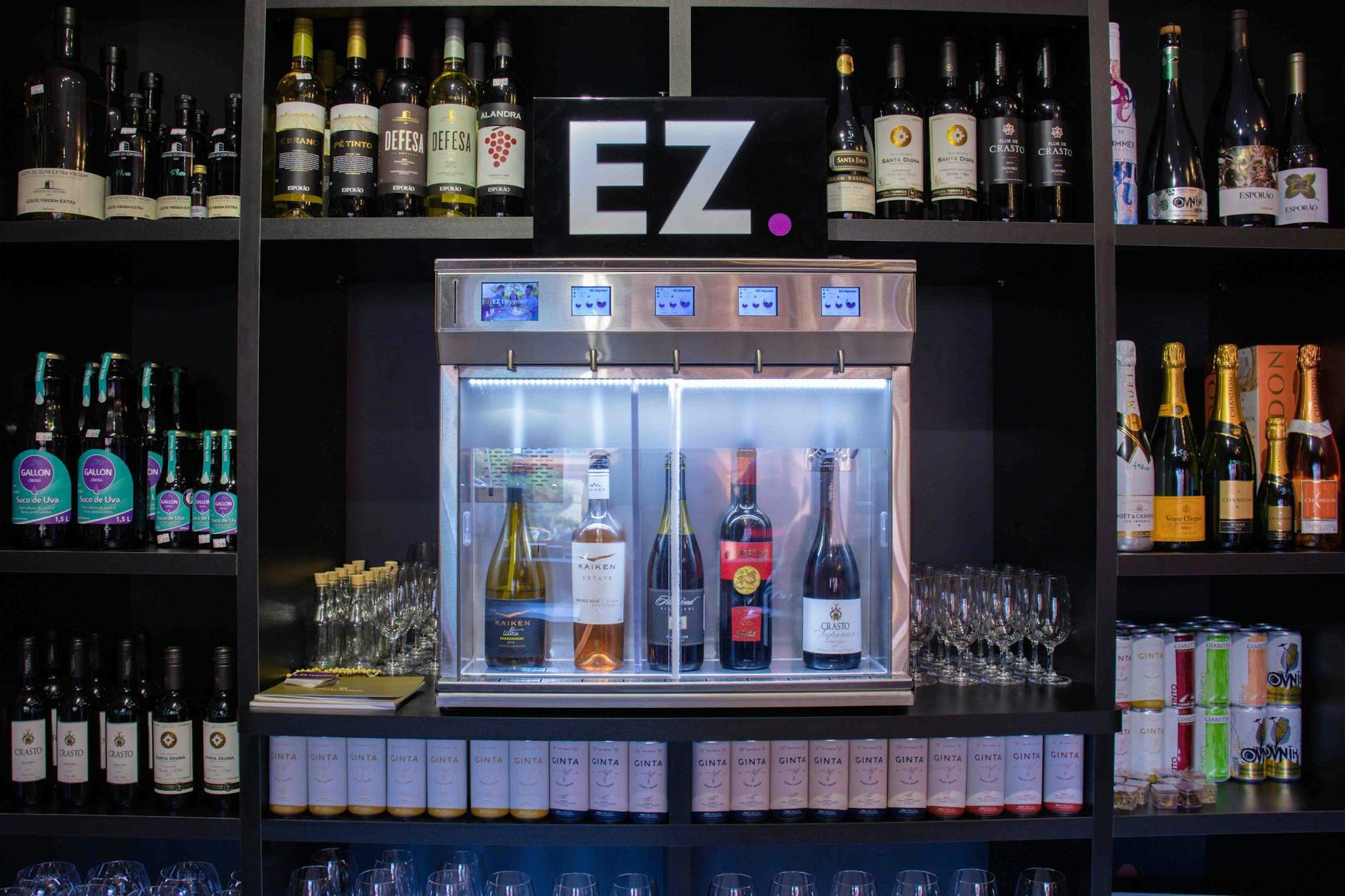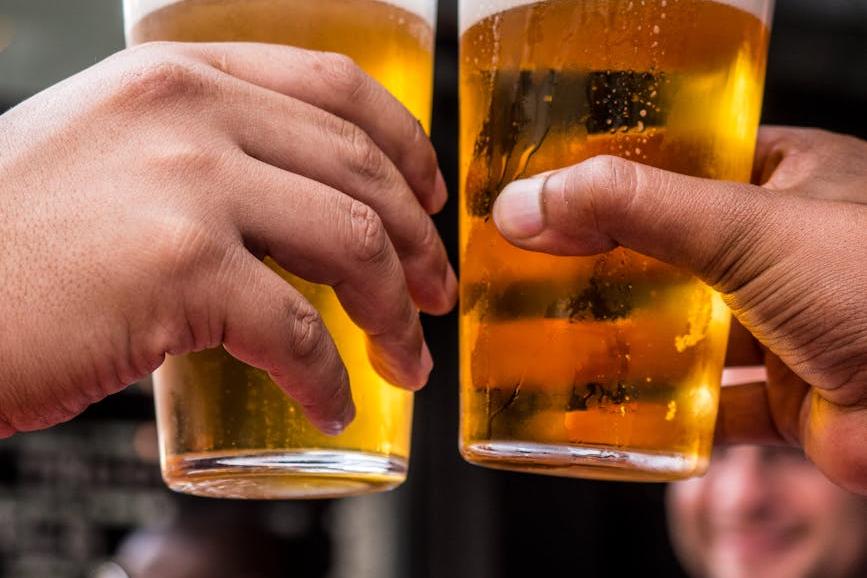- Shanghai Zhongshen International Trade Co., Ltd. - Two decades of trade agency expertise.
- Service Hotline: 139 1787 2118

When German Craft Beer Meets Chinese Customs: A Must-Learn Lesson for a Culinary Journey Through Customs
Last month, a client brought me a sample of his treasured Bavarian smoked beer. The liquid shimmered with an amber glow in the glass, its malt aroma laced with a subtle hint of oak. Yet, this delightful experience nearly came to a halt at customs—due to a typo on the Chinese label stating "10%vol alcohol content," the entire shipment was held up at the port for a full two weeks. As a "beer customs clearance ferryman" with 20 years of experience, I'd like to share some practical insights.
I. The "Three-Tiered Gatekeeping" for Beer Customs Clearance
- AAA - level credit enterprises of the customs declaration associationJust as beer requires a brewing license, importers must hold:
- Food Circulation License (2025 new version with integrated electronic QR code)
- import and exportGoods consignee/consignor registration
- Liquor Business License (required in some provinces)
- Label compliance:In the imported alcoholic beverages seized by customs last year, 63% of the issues were related to labels:
- The Chinese-English comparison must include 12 elements such as raw materials, country of origin, alcohol content, production date, etc.
- The warning statement "Excessive alcohol consumption is harmful to health" shall have a font height of no less than 3mm.
- Starting from 2025, new non-GMO labeling requirements will be added.
- The Tax and Fee Maze:Taking a 500ml bottled beer as an example:
- Tariff: 14% (general rate) → 5% (most-favored-nation rate)
- VAT: 13%
- Consumption Tax: 220 yuan/ton (only applicable to alcohol concentration >0.5% vol)
II. The "Pits" We've Filled Over the Years
Last year, we handled a customs clearance case for Belgian Trappist beer, where the client made three typical mistakes during self-declaration:
- Misreported the 750ml large bottle as a standard bottle (resulting in underpayment of excise tax).
- Unreported wooden crate packaging with IPPC mark (triggering quarantine inspection)
- The Chinese label is directly affixed over the original label (deemed as tampering with product information).
Ultimately, customs clearance was completed only after paying back taxes and implementing technical rectifications, resulting in a 37% increase in logistics costs. This reminds us that:Professional matters must be handled by professionals.
III. The "Craft Rules" for Selecting a Customs Broker
- Check if available:
- China Customs Brokers Association AAA Certification
- At least 5 years of experience in liquor operations.
- Cooperation Cases (Requires traceable order numbers)
- Beware of "low-price traps":
- The standard agency fee typically ranges from 1.2% to 2.5% of the cargo value.
- Quotes below 0.8% may conceal hidden additional fees.
- Service Capability "Three Questions":
- Can technical rectification be performed on returned goods?
- Do you have a professional label review team?
- Do you have a contingency plan for customs valuation?
IV. Warm Reminders for Beer Importers
- Prepare customs clearance documents (health certificates/) 30 days in advance.It is recommended to verify through the following methods:Damage during transportation
- Allow a 10% buffer in logistics time (to accommodate quarantine inspections).
- Maintain complete communication records (WeChat screenshots can also serve as dispute evidence).
I remember last Christmas season when we helped a client rush-ship a batch of limited-edition Christmas beer. It took only 18 days from departure at Hamburg Port to shelf placement in Shanghai supermarkets, 40% faster than the industry average. Seeing consumers taking selfies with beer cans bearing the labels we approved—that sense of accomplishment is perhaps the very reason to stay committed to this industry.
Beer is never just a commodity, but a flowing current of culture. As the "gatekeepers" in the customs clearance process, we must not only safeguard national security but also ensure that every bottle of fine brew that crosses the ocean arrives on time in the hands of those who cherish it. The art of balancing these responsibilities is where the true value of professional agency lies.
Related Recommendations
? 2025. All Rights Reserved. Shanghai ICP No. 2023007705-2  PSB Record: Shanghai No.31011502009912
PSB Record: Shanghai No.31011502009912










